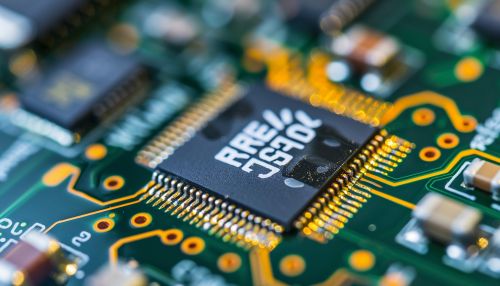Radio-frequency
Introduction
Radio-frequency (RF) is a rate of oscillation in the range of about 20 kHz to 300 GHz, which corresponds to the frequency of radio waves, and the alternating currents which carry radio signals. RF usually refers to electrical rather than mechanical oscillations, although mechanical RF systems do exist (see mechanical filter and RF MEMS).


RF Spectrum
The RF spectrum is divided into several ranges, or bands. With the low end of the RF spectrum falling at ultralow frequency (ULF), 300 Hz to 3 kHz, and the high end extending into tremendously high frequency (THF), 300 GHz to 3 THz. Each band has a defined upper and lower frequency limit, and each band is designated by an abbreviation.
RF Signal Characteristics
RF signals have certain characteristics that can be manipulated or detected. These include frequency, wavelength, amplitude, phase, and speed. These characteristics can be measured or detected in a variety of ways, including by using an oscilloscope, a device that can graphically display waveforms of varying frequencies and amplitudes.
RF Signal Propagation
RF signals can be transmitted in several ways. The most common methods are by direct propagation, where the signal travels straight from the transmitter to the receiver, and by reflection, where the signal bounces off a surface before reaching the receiver. Other methods include diffraction, where the signal bends around an object, and scattering, where the signal is dispersed in multiple directions.
RF Applications
RF technology is used in many areas of daily life. It is used in television broadcasting, cell phone transmission, GPS systems, and even in microwave ovens. In the medical field, RF is used for MRI machines and for diathermy, a treatment for muscle and joint conditions. In the industrial field, RF is used for welding and sealing plastic materials.
RF Safety
While RF radiation is non-ionizing and does not have the same risks as ionizing radiation, it can still have biological effects. Exposure to high levels of RF radiation can cause heating of biological tissue and an increase in body temperature. Long-term exposure to lower levels of RF radiation can result in changes in cell structure, DNA damage, and other adverse effects.
